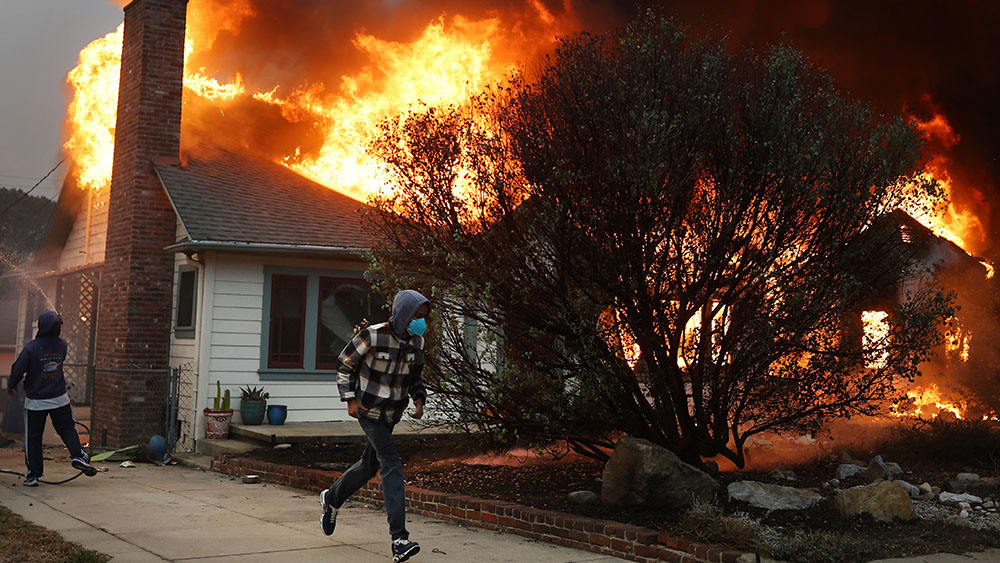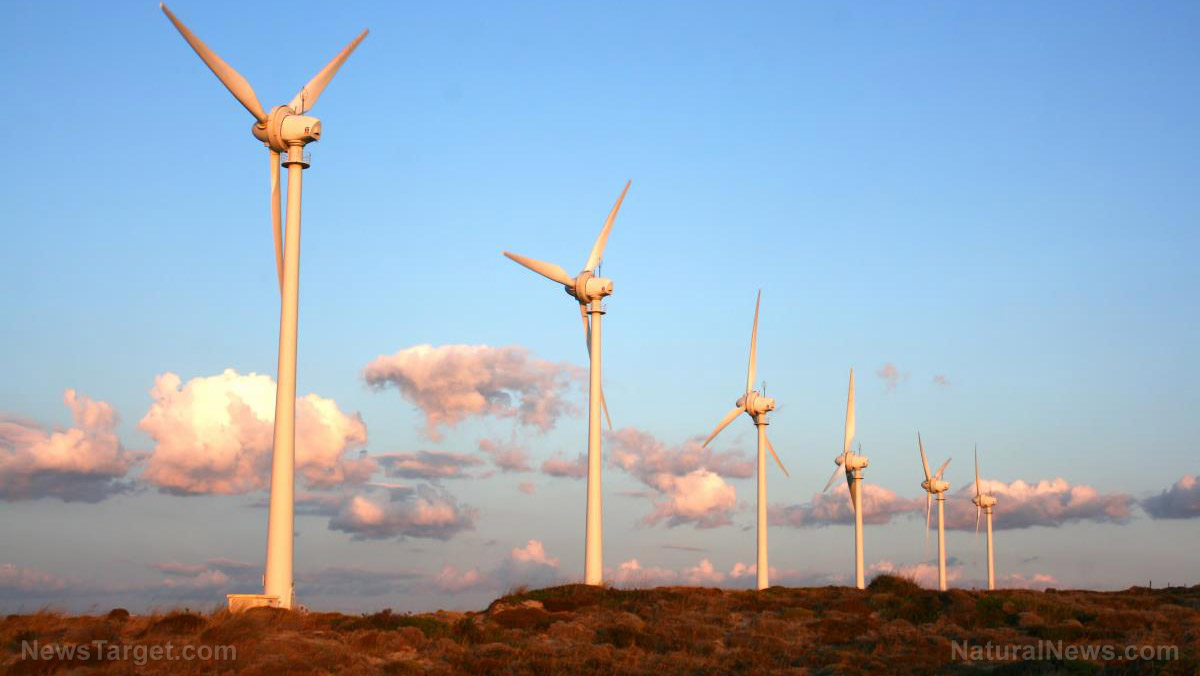 Parler
Parler Gab
Gab
- Communities in states like New York and California are rejecting large-scale lithium-ion battery storage facilities due to safety concerns, including fires and toxic emissions.
- Lithium-ion batteries used in these facilities are highly flammable and release toxic fumes, posing significant risks to nearby residents and the environment.
- A massive fire at a lithium-ion battery storage facility in Monterey County, California, in January 2025, forced evacuations and raised health concerns, drawing comparisons to the Three Mile Island nuclear incident.
- The backlash against lithium battery storage highlights the irony of communities rejecting the very facilities meant to replace nuclear power, previously opposed by the same groups.
- The growing opposition underscores the need for policymakers to reassess their green energy strategies, considering safer and more efficient energy storage technologies and possibly revisiting the role of nuclear power.
The lithium battery gamble: A flammable future
Governor Kathy Hochul’s ambitious plan to transform New York into a renewable energy leader is hitting a wall of resistance. The state’s Climate Leadership and Community Protection Act, passed in 2019, mandates a 40% reduction in greenhouse gas emissions by 2030 and 100% “zero-carbon” electricity by 2040. But the linchpin of this plan—massive Battery Energy Storage System (BESS) facilities—is proving to be a hard sell. These facilities, designed to store energy from intermittent wind and solar sources, are increasingly being rejected by local communities. Staten Island Borough President Vito Fossella summed up the growing frustration: “They are being placed literally right next door to people’s homes, and even next to a gas station. The city is playing with fire by allowing this type of reckless policy to continue.” The concerns are not unfounded. Lithium-ion batteries, while efficient, are notorious for their flammability. Once ignited, these fires are nearly impossible to extinguish and release toxic fumes, posing significant risks to nearby residents. In Duanesburg, New York, the town board voted to ban BESS facilities outright, citing “a threat to public health, safety and welfare.” Ironically, this decision came in the hometown of Doreen Harris, president and CEO of the New York State Energy Research and Development Authority (NYSERDA), who has been a leading advocate for the state’s green energy transition.A cautionary tale from California
The dangers of lithium battery storage are not confined to New York. In Monterey County, California, a massive fire at one of the world’s largest lithium-ion battery storage facilities forced the evacuation of 1,500 residents in January 2025. The blaze, which consumed 80% of the facility, left behind high concentrations of heavy metals in the soil and raised serious health concerns among locals. Monterey County Supervisor Glenn Church described the incident as “the Three Mile Island event for this industry,” drawing parallels to the infamous 1979 nuclear meltdown. “This technology is ahead of government’s ability to regulate it and industry’s ability to control it,” Church warned. “This process we are now in, which is learning as we go, just doesn’t work. It jeopardizes communities.” Residents in the area reported symptoms ranging from headaches and nausea to a persistent metallic taste in their mouths. Eva Faste, a Santa Cruz Mountains resident, described her experience: “I woke up the following morning, my nose was bleeding, and since then, I’ve been feeling worse every day.” Despite assurances from the Environmental Protection Agency (EPA) that air quality tests detected no harmful levels of toxins, experts like Michael Polkabla, an industrial hygienist, remain skeptical. “The metals—lithium, nickel, magnesium, cobalt—are kind of the big four that would be produced and could have settled. These all have individual toxicities associated with them,” he said.The irony of replacing nuclear with batteries
The backlash against lithium battery storage highlights a broader irony in the green energy movement. In New York, the Indian Point nuclear plant—a reliable and safe source of carbon-free energy—was shut down in 2020 due to pressure from environmentalists. Now, the same communities that opposed nuclear power are rejecting the battery storage facilities meant to replace it. Roland Ciafone, a former maintenance supervisor at Indian Point, captured the absurdity of the situation: “Indian Point was the safest thing since apple pie. This is the greatest BS story told to the public.” Ciafone’s sentiment reflects a growing realization that the rush to embrace renewables may have overlooked the practical and safety challenges of energy storage.A wake-up call for policymakers
The mounting opposition to lithium battery storage facilities is a wake-up call for policymakers who have championed renewable energy without fully considering its unintended consequences. While wind and solar power are essential components of a sustainable energy future, their reliance on large-scale battery storage introduces new risks that cannot be ignored. As New York and California grapple with the fallout from their green energy ambitions, it’s clear that a more balanced approach is needed. Nuclear power, with its proven safety record and ability to provide consistent, carbon-free energy, deserves a second look. Meanwhile, the development of safer, more efficient energy storage technologies must be prioritized to avoid repeating the mistakes of the past. For now, the residents of blue states are sending a clear message: Going green shouldn’t mean playing with fire. The question is whether policymakers will listen before the next battery fire lights up the sky. Sources include: WattsUpWithThat.com NYPost.com KQED.orgTexas proposes strategic bitcoin reserve: A new era for state financial management
By Lance D Johnson // Share
Fossil fuels rescue New England from winter’s grip amid failed “net zero” push
By Lance D Johnson // Share
The mighty guava: A superfruit of tropical delights and health benefits
By Zoey Sky // Share
Musk’s DOGE Army saves taxpayers $1 billion as they storm “WOKE” Department of Education
By Willow Tohi // Share
Death tax on family farms: A betrayal of Britain’s rural heritage
By Willow Tohi // Share
The loss of pollinators: The hidden ecological cost of WIND TURBINES
By Lance D Johnson // Share
Governments continue to obscure COVID-19 vaccine data amid rising concerns over excess deaths
By patricklewis // Share
Tech giant Microsoft backs EXTINCTION with its support of carbon capture programs
By ramontomeydw // Share
Germany to resume arms exports to Israel despite repeated ceasefire violations
By isabelle // Share










